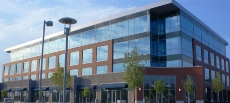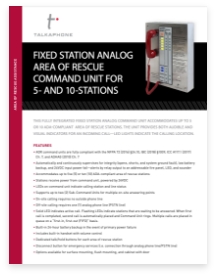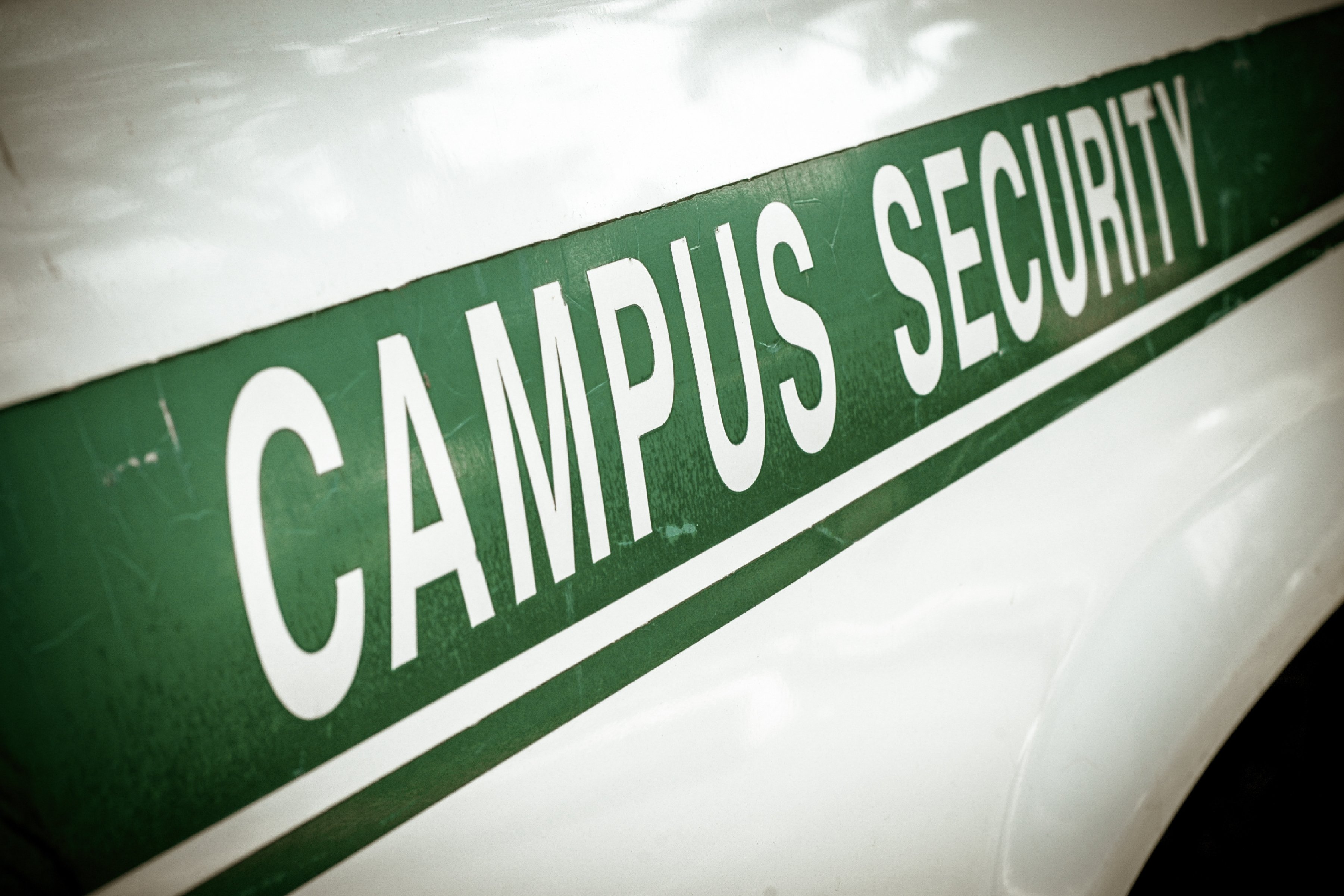Creating a safe and secure environment on college campuses is a top priority for administrators, students, and parents alike. While low-visibility security solutions like safety apps and motion detection systems are valuable, there's a category of crime prevention that is often underestimated in its effectiveness: visual deterrents.
These highly visible physical objects or cues can significantly reduce criminal activity by signaling that a campus is being monitored and that illegal behavior will not go unnoticed or unpunished. Their function isn’t just to catch criminals in the act, but to dissuade them from committing crimes in the first place. These deterrents work by increasing the perceived risk of getting caught. Here’s how visual deterrents play a vital role in campus safety, and why they should be part of every campus crime prevention strategy.
Common Campus Visual Deterrants
1) Visible Security Cameras
Security cameras placed in plain sight around high-traffic areas like parking lots, dormitory entrances, or academic buildings signal that activity is being monitored. Cameras can also be added to other visual security solutions like Blue Light Phones, enhancing functionality and often making potential offenders abandon nefarious plans.

2) Blue Light Phones
Brightly colored, well-lit emergency call stations such as Talkaphone’s Blue Light Phones not only give students peace of mind knowing that help can be called with the push of a button, but also can deter potential criminals. These stand as a signal that security investments have been made and that quick-acting security resources stand ready.
3) Uniformed Security Patrols/Campus Police
The presence of uniformed officers or security personnel when walking around campus acts as a direct visual reminder that law enforcement is nearby and active. Chances are, most criminals won’t go through with their plans when they know that authorities are right around the corner.
 4) Lighting and Visibility
4) Lighting and Visibility
Good lighting is one of the simplest and most effective visual deterrents. Not only are most crimes committed in the dark, but well-lit walkways, entrances, and common areas also reduce hiding spots and increase natural surveillance by others on campus.
5) Signage
Signs that indicate video surveillance, trespassing rules, ID check policies, and the like can serve as powerful deterrents for increasing campus crime prevention. The acknowledgement that there are multiple forms of security present may be enough to dissuade a person from committing a crime.

6) Physical Barriers
Fences, gates, keycard-access-only doors, and other boundary-defining structures signal controlled access and heightened security. This can both discourage unauthorized entry, and also signal that there is likely even more security once inside.
Why do physical deterrants work for campus crime prevention?
Criminals tend to assess risk before acting. If the risk appears high due to visible security infrastructure, they are more likely to move on to a less secure target. Visual deterrents don’t just protect people and property; they help shape a perception of control and security, which is critical for a safe campus.
While no single solution can guarantee a crime-free campus, visual deterrents are a highly impactful component of a comprehensive security strategy. When students, staff and visitors see that their school takes safety seriously, they not only feel safer, but they are safer. By reinforcing the message that criminal activity is being watched and will be addressed, campuses can reduce risks and enhance the overall college experience.











